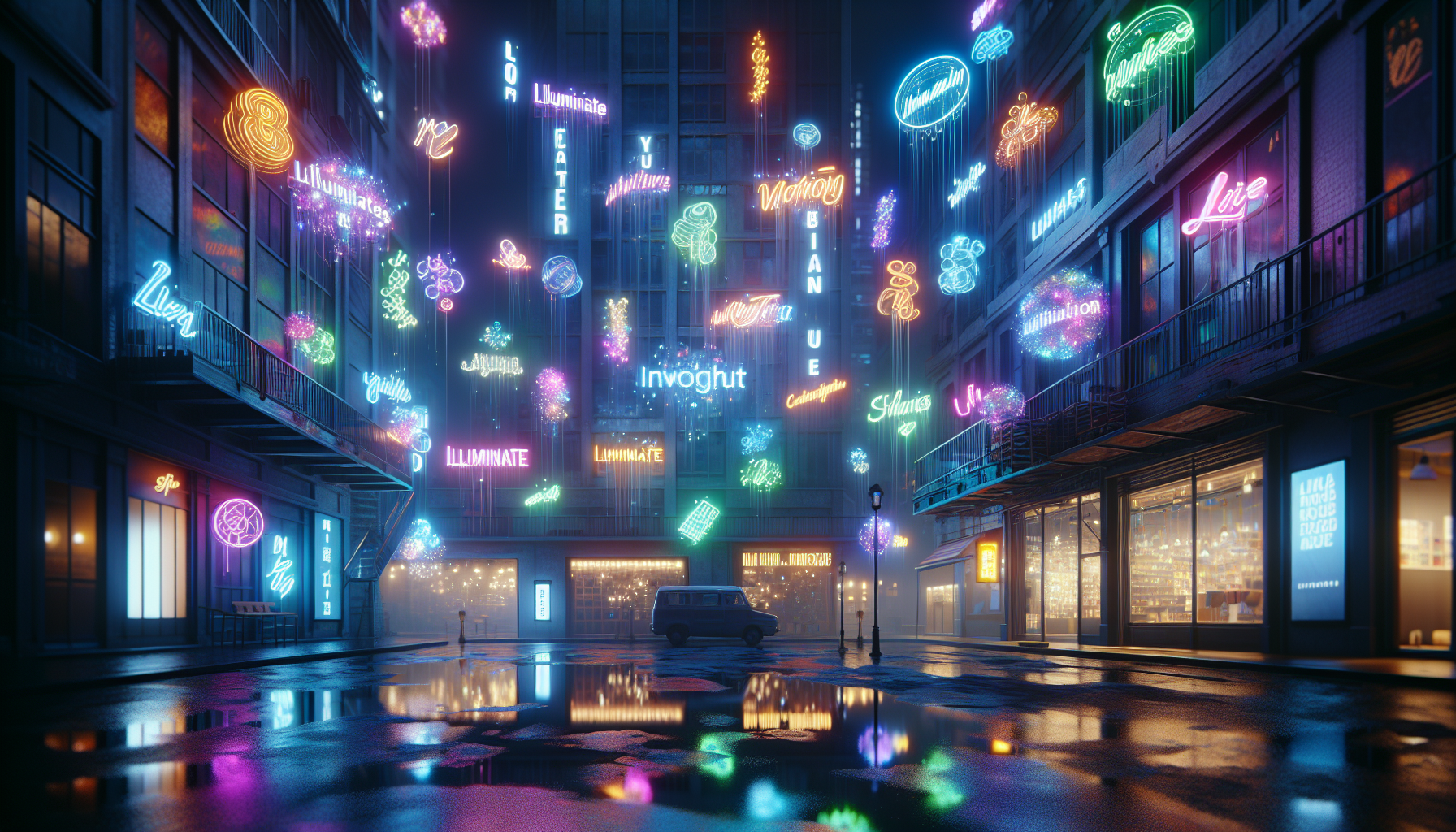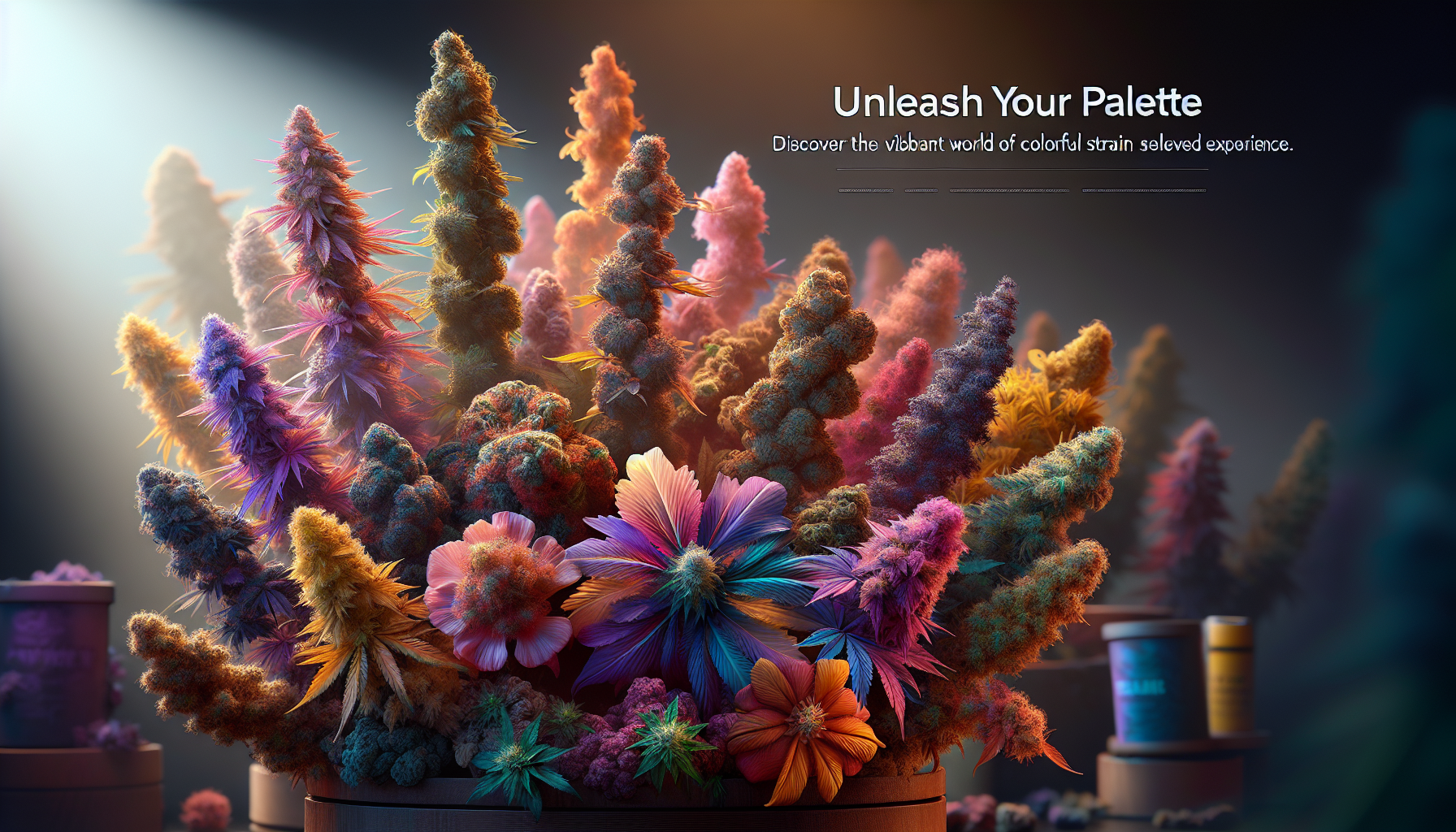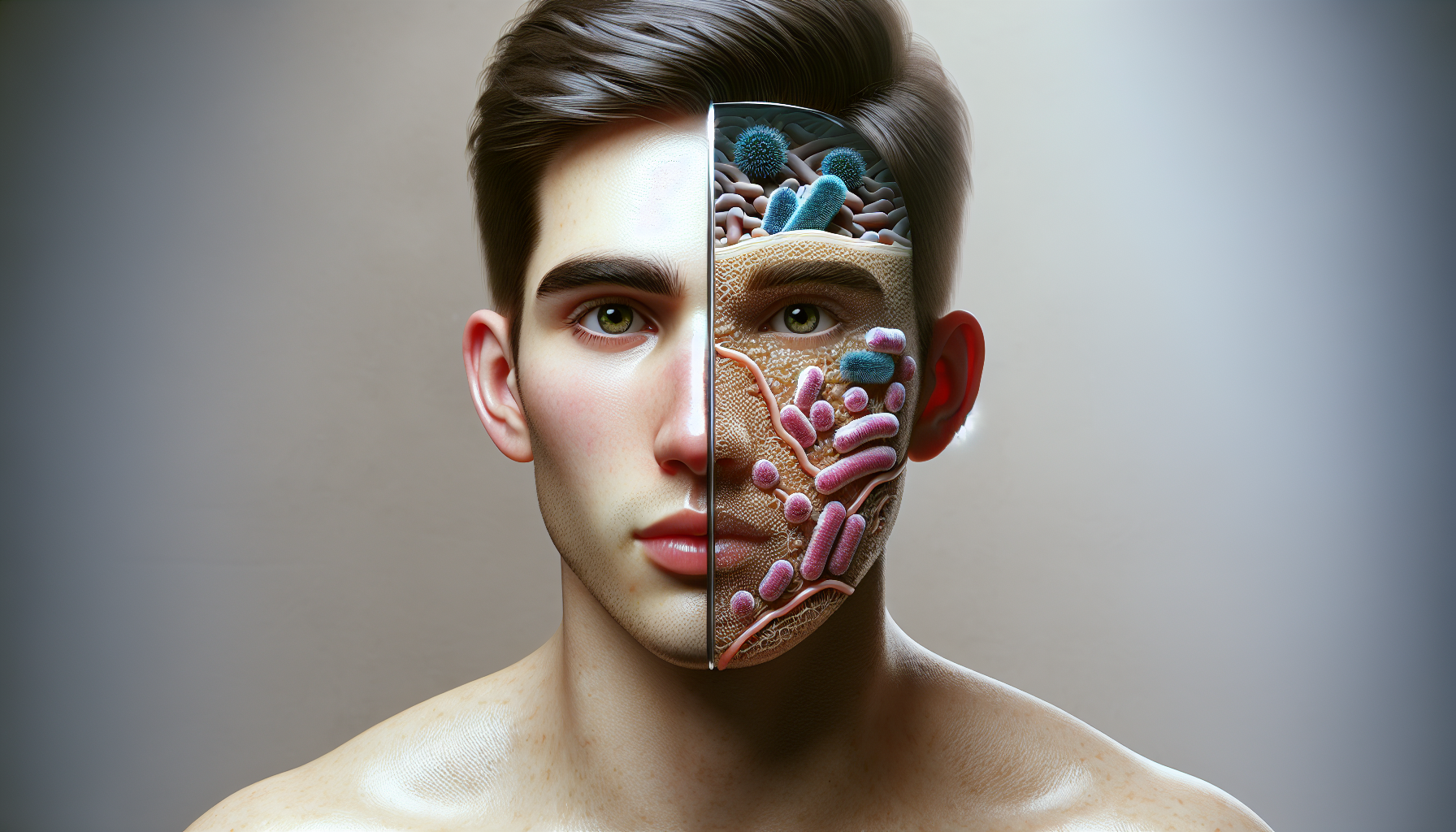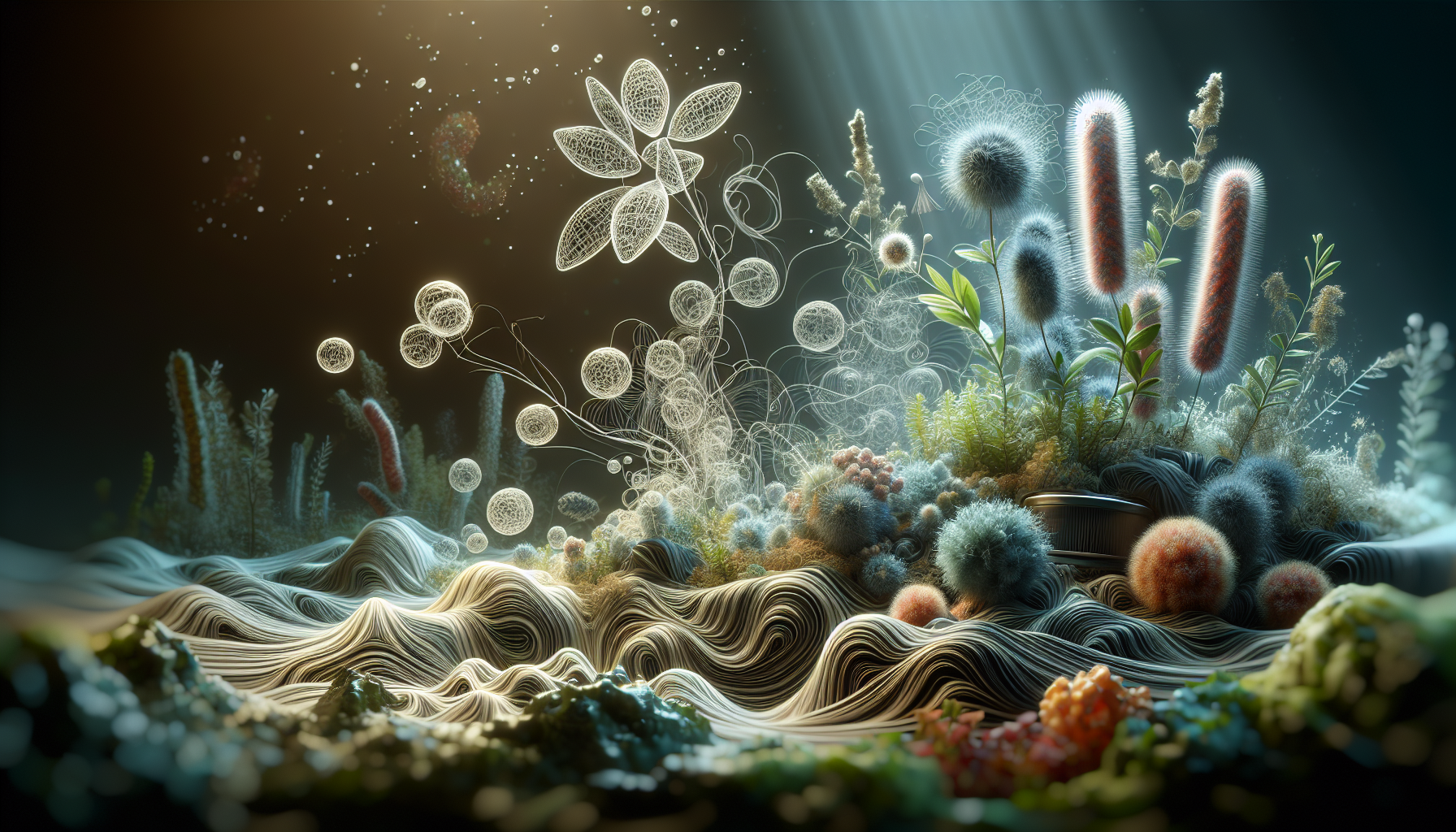In the realm of design, typography is more than just the arrangement of letters; it’s an art form that can transform simple text into an engaging visual experience. When executed masterfully, typography not only communicates a message but also evokes emotions, sets the tone, and captivates the audience. Welcome to the world of Light Typography, where each character glows with potential and design possibilities are endless. In this article, we will delve deep into the art of Light Typography, uncovering how this luminous approach can elevate your designs and make your words shine brighter than ever. ✨
Understanding Light Typography: The Basics
Light typography, also known as “living typography,” is a captivating design technique that integrates the element of light into typefaces to create dynamic and engaging visuals. This approach is not just about making letters glow; it’s an art form that requires a deep understanding of design principles, light behavior, and creativity. The result is a design that captures attention and evokes emotion, making it a powerful tool in graphic design, marketing, and visual communication.
The Historical Evolution of Light Typography
Historically, typography has evolved from simple handwritten scripts to complex digital fonts, each development reflecting technological advancements and cultural shifts. Light typography is a modern extension of this evolution, merging the ancient art of lettering with contemporary light technologies. The roots of light typography can be traced back to the neon signs of the 20th century, where light was first used to attract attention and create ambiance.
The Elements of Light Typography
Creating compelling light typography involves a careful balance of several key elements. Understanding these components is essential for any designer looking to master this art form. The primary elements include the typeface, light source, color, and environment, each playing a crucial role in the final design.
Color and Contrast in Light Typography
Color is another critical element in light typography, as it can dramatically affect the design’s emotional impact and readability. Designers often use vibrant colors to create eye-catching contrasts and highlight specific elements of the text. The choice of color should align with the overall design concept and the message being conveyed. It’s also essential to consider the psychological effects of different colors, as they can influence how viewers perceive and respond to the design.
Applications of Light Typography in Design
Light typography offers a versatile range of applications, making it a valuable tool for designers across various industries. From branding and advertising to art installations and event design, light typography can enhance visual communication and create unforgettable experiences.
Digital Media and Light Typography
The rise of digital media has opened new avenues for light typography, enabling designers to experiment with interactive and animated text. In web design, light typography can enhance user interfaces and create engaging experiences for visitors. Designers can use CSS animations and JavaScript to create dynamic light effects that respond to user interactions, adding an extra layer of engagement and interactivity.
The Future of Light Typography
As technology continues to advance, the potential for light typography is limitless. Emerging technologies such as augmented reality (AR), virtual reality (VR), and artificial intelligence (AI) are set to revolutionize the way designers approach light-based text. These technologies offer new tools and platforms for creating interactive and immersive experiences, pushing the boundaries of traditional design.
Challenges and Opportunities
While the future of light typography is promising, it also presents challenges that designers must navigate. The complexity of light-based designs requires a deep understanding of both technical and artistic principles, necessitating ongoing education and experimentation. Designers must also stay abreast of the latest technological advancements and trends to remain competitive in the field.

Conclusion
In conclusion, “Illuminate Your Words: The Art of Living Light Typography for Captivating Designs” serves as a beacon for designers eager to enhance their creative arsenal through the strategic use of light typography. Throughout the article, we explored how light typography, characterized by its delicate and minimalistic style, holds the power to transform ordinary designs into captivating visual narratives. We delved into the history of typography, tracing its evolution and emphasizing the pivotal role of technological advancements in shaping its modern forms. This historical perspective underscored the enduring relevance of typography in design, even as styles and preferences have shifted over the decades.
Toni Santos is a visual explorer and microscopic storyteller who delves into the hidden aesthetics of microbial life. Through a fusion of scientific curiosity and artistic insight, Toni transforms the overlooked world of bacteria, fungi, and cellular forms into mesmerizing visual narratives—revealing the elegance, symmetry, and chaos that thrive at microscopic scales.
Rooted in a fascination with life forms too small to see yet too intricate to ignore, Toni’s work captures the bizarre beauty of microbial colonies, biofilms, and spore patterns. These images aren’t just representations—they are celebrations of the artistic intelligence encoded in nature’s tiniest architects.
With a background in visual design and bio-inspiration, Toni merges scientific imaging techniques with creative expression, transforming petri dish cultures, fluorescence microscopy, and microbial textures into works that provoke both wonder and contemplation.
As the creative force behind Vizovex, Toni offers curated visual studies, microbial-inspired designs, and essays that bridge art and microbiology—inviting viewers to reimagine what beauty means at the edge of perception.
His work is a tribute to:
The hidden geometries of living systems
The surprising elegance of microbial growth
The role of micro-life in shaping visual culture
Whether you’re a scientist, artist, or simply curious about the unseen world that sustains us, Toni opens a window into a universe where life writes poetry in colonies and patterns, one microbe, one frame, one breathtaking detail at a time.





